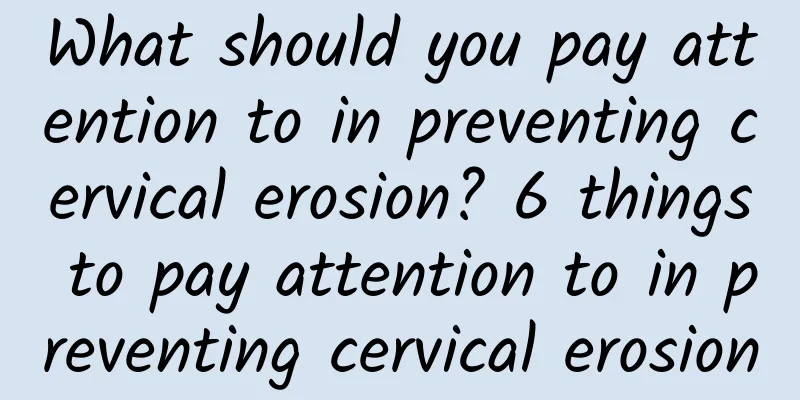The harm of having uterine fibroids after marriage. Can you get pregnant with uterine fibroids after marriage?

|
Among gynecological diseases, uterine fibroids are the most common benign tumors in women and one of the most common tumors in the human body. But even if it is benign, it is still a tumor. We should know more about this disease and do a good job of prevention. So, what if you have uterine fibroids after marriage? Can you get pregnant? Generally speaking, if you have uterine fibroids after marriage, it will affect women's normal pregnancy, so it must be treated as soon as possible. Uterine fibroids are common benign tumors of the female reproductive organs. Because fibroids can affect the entry of sperm into the uterine cavity, submucosal fibroids are prone to infect the endometrium, which is not conducive to the implantation of fertilized eggs. Giant multiple uterine fibroids can easily squeeze the interstitial part of the fallopian tube, hinder the passage of sperm, lead to infertility, and have a certain impact on female fertility. Even if the patient survives pregnancy, the incidence of spontaneous abortion is about 20%. Fibroids affect the implantation of fertilized eggs and the development of the placenta, leading to placenta previa, placental abruption, and placental adhesion. If fibroids restrict the movement of the fetus in the uterus, the fetal position will be abnormal; if fibroids hinder the connection of the fetal presenting part, the fetal membranes will rupture prematurely. Fibroids are located behind the placenta, and the incidence of prenatal bleeding is high. How do you know the symptoms of uterine fibroids? Let's take a look: 1. Pain: Generally, patients have no abdominal pain, but often have lower abdominal swelling, back pain, etc. When the pedicle of the subserosal fibroid is twisted, the fibroid will turn red, the abdominal pain will be severe, and there will be fever. 2. Menstrual changes: The most common symptoms are shortened menstrual cycle, increased menstrual volume, prolonged menstruation, irregular vaginal bleeding, etc. Increased leucorrhea: Increased leucorrhea, sometimes with a large amount of purulent and bloody discharge and slough-like tissue discharge with a foul odor. 4. Abdominal mass: abdominal distension, swelling in the lower abdomen, accompanied by a sagging feeling. If you need to take medicine, be sure to buy it from a regular pharmacy and use it in appropriate amounts under the guidance of a doctor. |
Recommend
How much does it cost to treat pelvic peritonitis?
How much does it cost to treat the second stage o...
Is there any relationship between hydatidiform mole and pregnancy?
Hydatidiform mole is an abnormal pregnancy state ...
How to get pregnant with adenomyosis
How to get pregnant with adenomyosis? Adenomyosis...
What should women know about cervical erosion? What are the symptoms of cervical erosion in women?
Cervical erosion is actually a common gynecologic...
Consumer Foundation: There are still deficiencies in labeling the origin of American beef with ractopamine
After more than half a year of public opinion and...
5 natural foods to keep you slim and avoid gaining weight
You have tried hard to eat less and exercise more...
What's going on if I have a threatened abortion but no pain or bleeding in my stomach?
Threatened abortion does not cause abdominal pain...
What medicine is effective for uterine fibroids? What medicines can be used to treat uterine fibroids?
What medicine is effective for uterine fibroids? ...
Is pelvic peritonitis harmful to women?
In daily life, pelvic peritonitis is very common,...
What are the dangers of pregnancy with uterine fibroids?
Uterine fibroids are benign tumors that grow in t...
Chinese medicine to relieve chocolate cysts
What are the treatment drugs for chocolate cysts?...
How to check for cervical warts
Cervical warts are a common infectious disease. I...
What kind of surgery is needed for malignant uterine fibroids? Can malignant uterine fibroids be treated with surgery?
Uterine fibroids are a common benign tumor in wom...
Why do you have headaches during menstruation? Exercise moderately
Headaches in women during menstruation are genera...
Lose 7 kg in 6 months! Internet celebrity Molly shares 6 secrets of weight loss diet and exercise, and shows off her super-slim waistline
Molly lost 7 kg in 6 months and her body fat drop...









